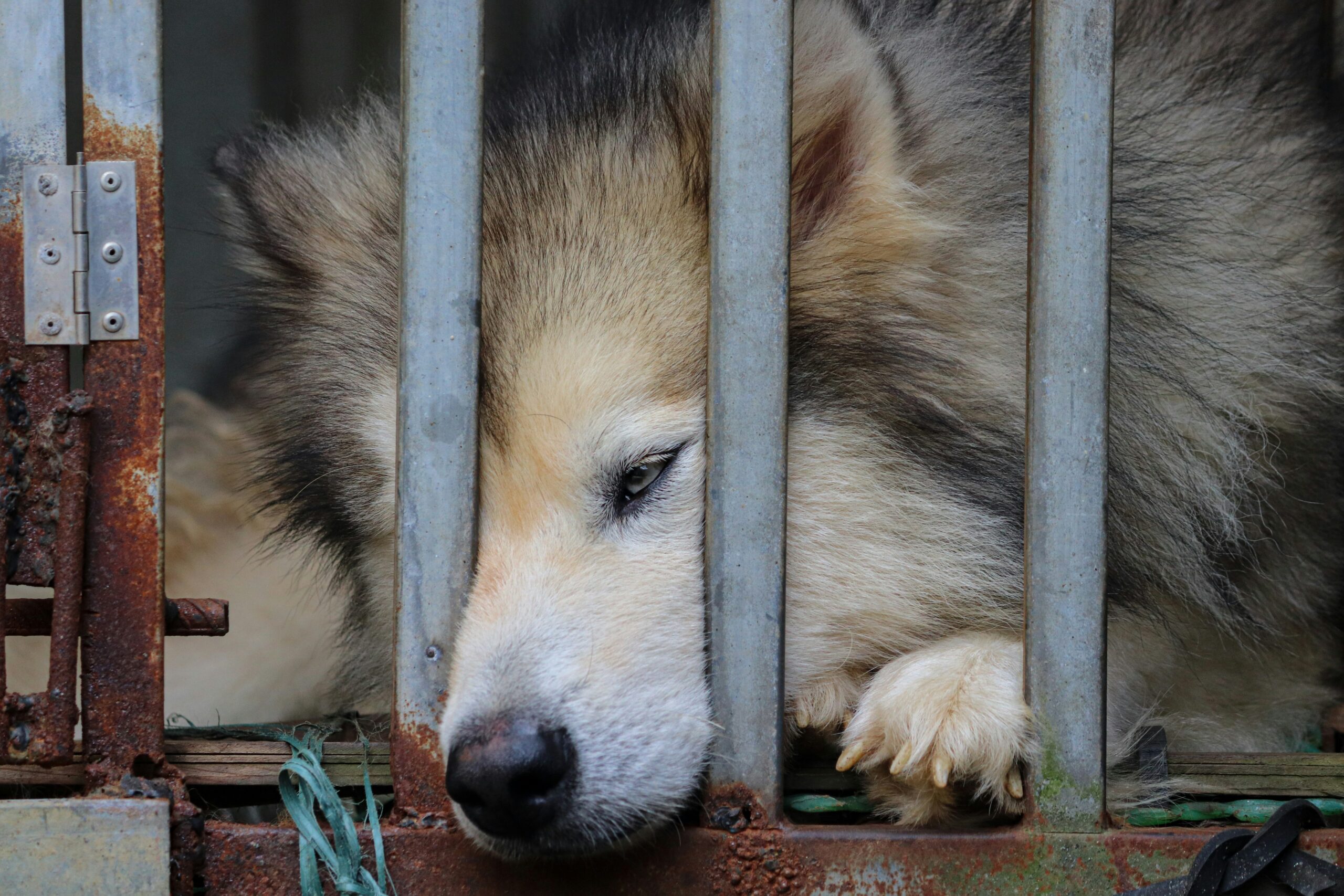
Animal abuse is an issue that continues to plague societies across the world. The treatment of animals, whether domestic or wild, often reflects broader cultural attitudes and the level of empathy in that society. Despite advancements in human rights and animal welfare, the abuse of animals remains rampant, often hidden from public view. It is crucial to understand the various forms of animal abuse, the consequences of this behavior, and, most importantly, the steps we can take to fight back and create a world where animals are treated with kindness and respect.
The Many Faces of Animal Abuse
Animal abuse is not a single act but rather a pattern of behavior that can take on many different forms. It includes physical violence, neglect, exploitation, and even emotional abuse. Physical abuse often manifests in the form of hitting, beating, or causing harm to an animal. Neglect happens when someone deprives animals of essential care, including food, water, or medical treatment. Exploitation represents another insidious form of abuse, in which people use animals for entertainment, labor, or profit generation without considering their well-being. Emotional abuse, though harder to identify, involves subjecting animals to conditions that cause stress, fear, and trauma, such as constant isolation or harsh confinement.
The impact of these acts of cruelty extends far beyond the immediate harm inflicted on the animal. Animals who suffer abuse can experience long-term psychological effects, such as fear, anxiety, and trauma. These emotional scars can affect their behavior, making it difficult for them to trust humans or other animals. In some cases, abused animals may develop health problems as a result of neglect or poor living conditions.
The Impact on Society
While animal abuse may seem isolated, its ripple effects are felt throughout society. Studies have shown a disturbing correlation between individuals who abuse animals and those who engage in other forms of violent behavior. Many serial offenders, including violent criminals, have a history of animal abuse in their early years. This connection suggests that animal abuse is not just an issue of kindness to animals but is deeply intertwined with broader concerns about human violence and social behavior.
Furthermore, the normalization of animal abuse in entertainment, industry, and culture contributes to the perpetuation of harmful behaviors. From cruel factory farming practices to the use of animals in circuses and dog fighting rings, the exploitation of animals for human pleasure or profit sets a dangerous precedent. When animals are treated as mere commodities or sources of entertainment, it reinforces the belief that they do not have intrinsic value or rights. This mentality often leads to further abuse, as people become desensitized to the suffering of animals and dismiss their needs as unimportant.
Legal Protections and Their Limitations
In response to the growing awareness of animal cruelty, many countries have enacted laws designed to protect animals from abuse. These laws range from local ordinances regulating pet ownership to international agreements that protect endangered species. However, despite the existence of these legal protections, animal abuse remains a persistent issue. One reason for this is the lack of enforcement of these laws. In many cases, perpetrators of animal abuse are not held accountable for their actions, or the penalties are insufficient to deter future offenses. Additionally, loopholes in the law can allow certain forms of abuse, such as factory farming or the use of animals in entertainment, to continue unchecked.
Another challenge involves the inconsistency in defining and prosecuting animal abuse across different regions. In some areas, authorities classify abuse as a criminal offense, while in others, they may treat it as a civil matter or not address it at all. This disparity in legal treatment can make it challenging to address the problem on a larger scale. It can lead to confusion and frustration for those seeking justice for abused animals.
The Role of Education and Advocacy
Education is one of the most powerful tools in the fight against animal abuse. By raising awareness about the issue, we can help people understand the emotional and physical toll that abuse takes on animals and encourage them to take a stand. Schools, community organizations, and media outlets all have a crucial role to play in fostering empathy and compassion for animals. Teaching children about kindness to animals can help cultivate a generation of individuals committed to ending animal abuse.
Advocacy groups also play a vital role in addressing animal cruelty. These organizations work to expose instances of abuse, support victims, and push for stronger laws and enforcement. They offer a platform for individuals to engage and act, whether by volunteering, fundraising, or raising awareness about the issue. Grassroots movements unite people who care about animal welfare and advocate for systemic reform, creating significant change. Moreover, social media proves invaluable in raising awareness about animal abuse and connecting people with resources and opportunities for involvement.